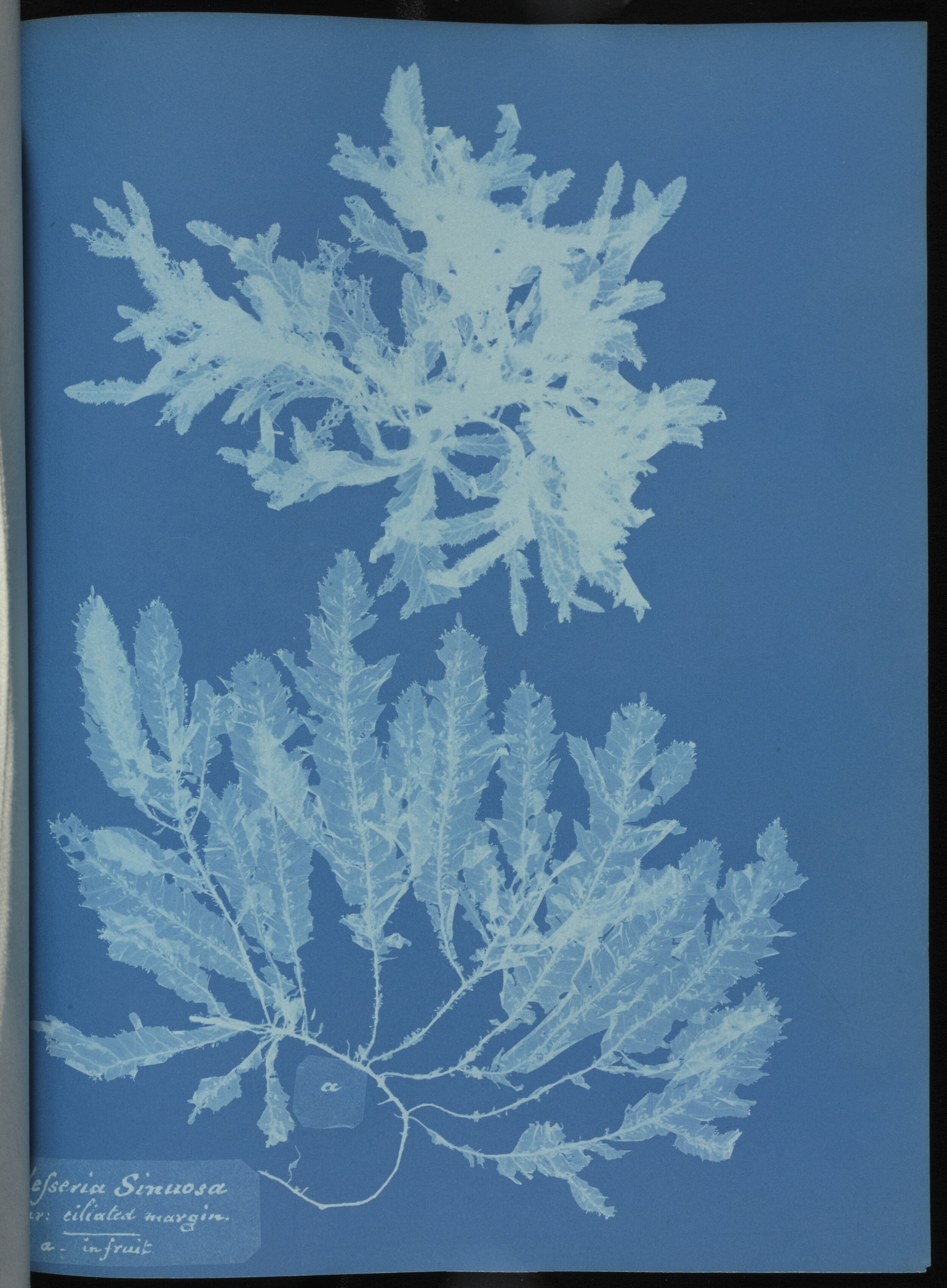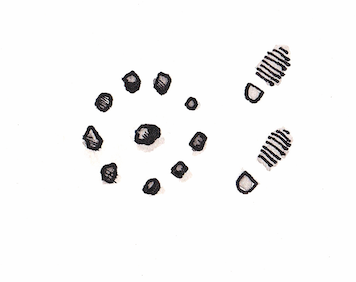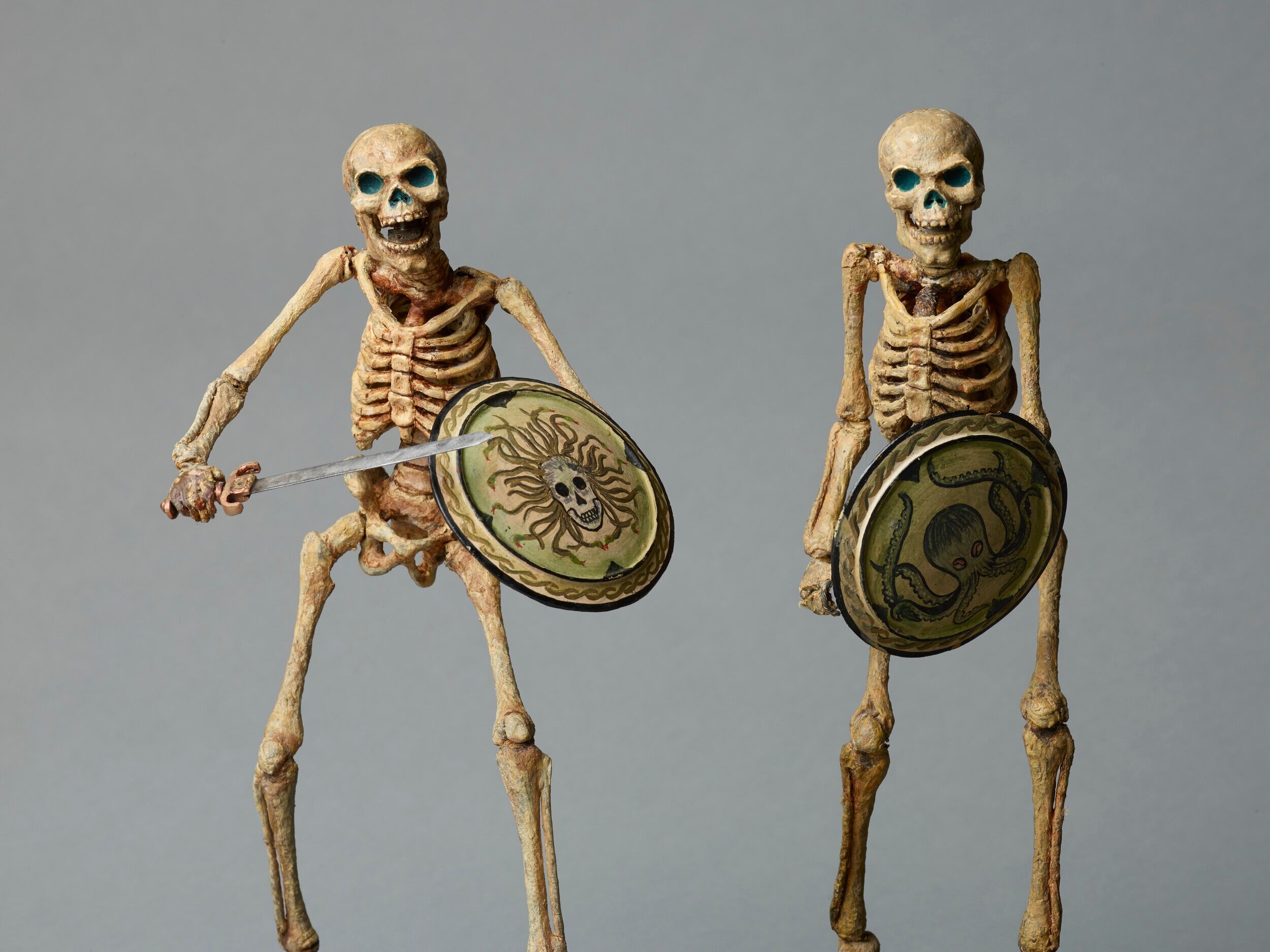“Three cats may be allowed on probation,” permitted Secretary of the Post Office, John Tilley, in response to the pleas of staff under siege from a plague of mice. It was a cut-throat worldin post office employment in the 19th century though, and the newest employees were given a mere six months to prove their worth or face their positions, or provisions, being cut.
Although not the first cats to be found in post offices, they were the first to be added to the payroll. To incentivise the cats in their task, their feed was monitored under Tilley’s strict instructions: “It is important that the cats be not overfed, and I cannot allow more than one shilling a week for their support. They must depend on the mice for the remainder of their emoluments.”
Thankfully, this furry trio of felines were successful in their brief to tackle the rodent population and became the first cats to be officially appointed to post. The first report by Frederic Rowland Jackson, the Controller of the office, details the success of the probation period: “Whether influenced by the secretary’s caution that they would under certain contingencies have diminished rations, or by a laudable zeal for the service and their own characters, cannot be clearly made out, but it is certain that the cat system has answered exceedingly well and that the cats have done their duty very efficiently.”
Within five years their diligent work had earned them a six pence a week increase in their allowance. However, at this point the HR department clearly dropped the ball, as in 1952 it was raised in Parliament to the Assistant Postmaster-General that the cats hadn’t received a pay rise in almost 80 years. His response? “There have been no complaints.”
The most famous post office cat was the esteemed Tibs the Great, faithfully serving Royal Mail HQ for a remarkable 14 years since his birth in 1950. From his lair in the refreshment club in the basement of the building, for a weekly salary of two shillings and six pence, he feasted on the mail-nibbling vermin, tipping the scales at his peak at a remarkable 23 pounds. Tibs dipped his paws into feline fame as well, attending a high-profile Cats and Film Stars party and being selected for a portrait in the book Cockney Cats.
Britain is not alone in its use of cats in post offices, though. New York was home to an abundance of hardworking kitties, 60 of whom had the pleasure of being invited to celebrate the birthday of George Cook, who The New York Times referred to as “the only Superintendent of Federal Cats”. Feasting on liver and kidneys, it is reported that “each helped himself or herself with nature’s implements.”
Not all cat recruitment to the postal service was successful though; the Belgians ran an experiment using cats to deliver mail, but the felines proved to have a less strong homing instinct than their pigeon counterparts and the service was discontinued.
The tradition of the post office cat in the UK was alive and purring until the traditional cloth sacks were replaced by a rodent- proof plastic alternative, and the last officially employed cat, Blackie, passed away in June 1984; the end of a 150-year legacy.
Steph Wetherell loves to write about local food, obscure history and just about anything that piques her fancy. thelocavore.co.uk
This article originally featured in issue 9 of Ernest Journal, on sale now

















